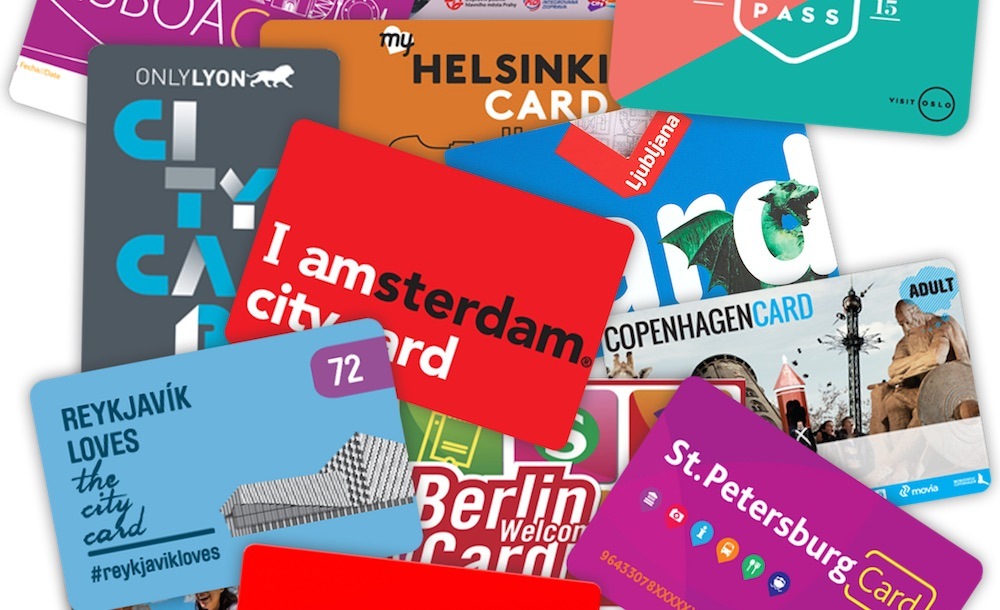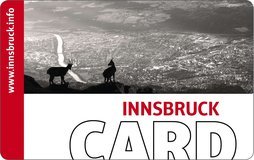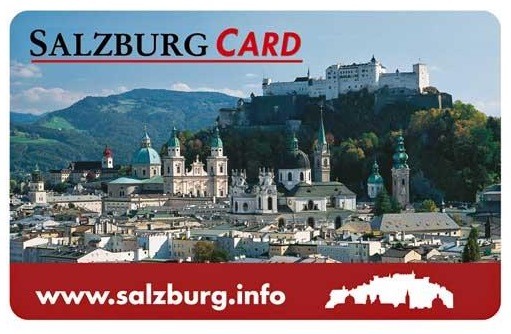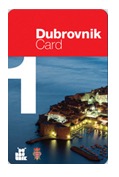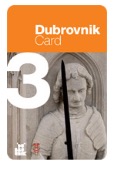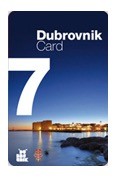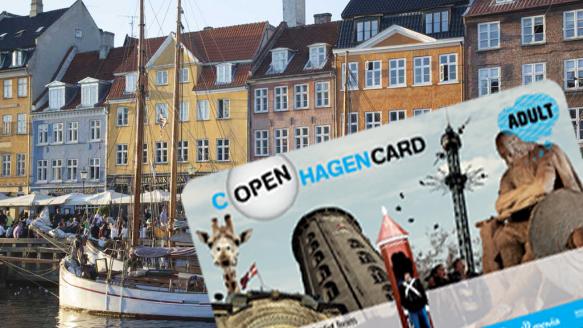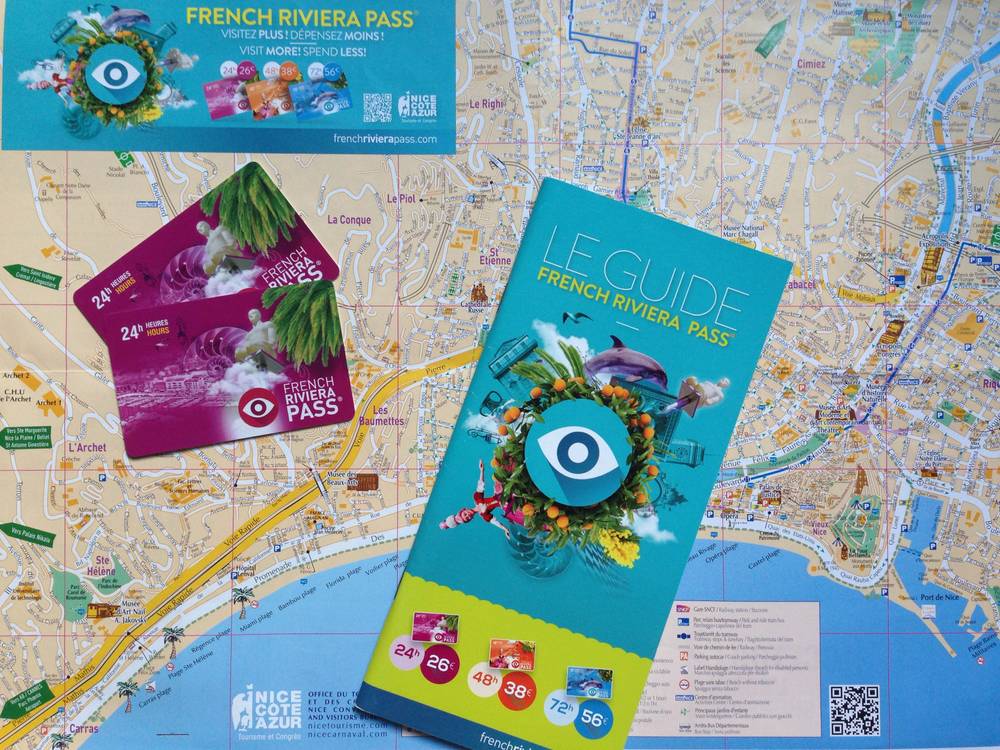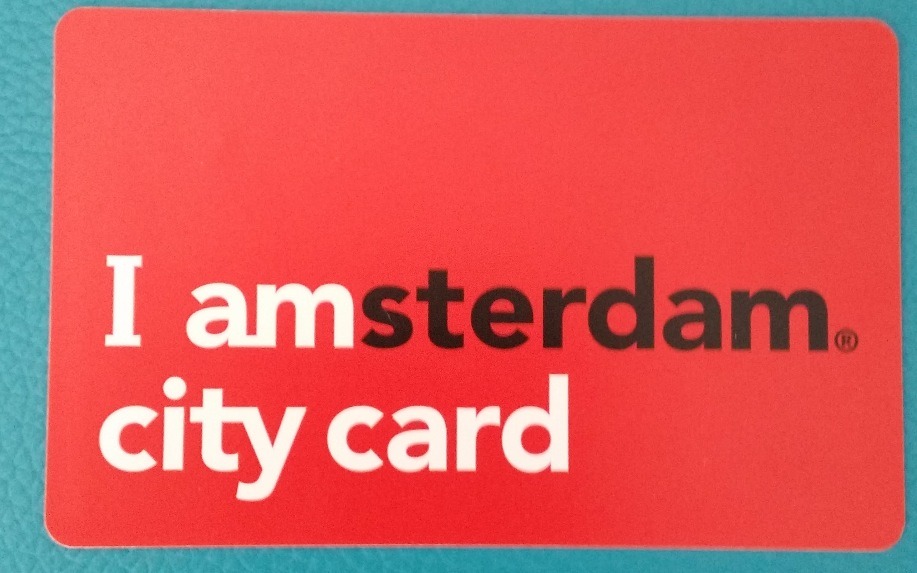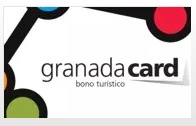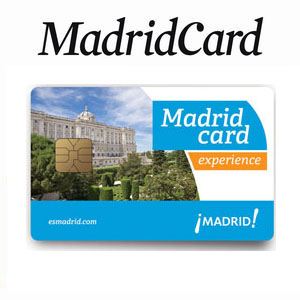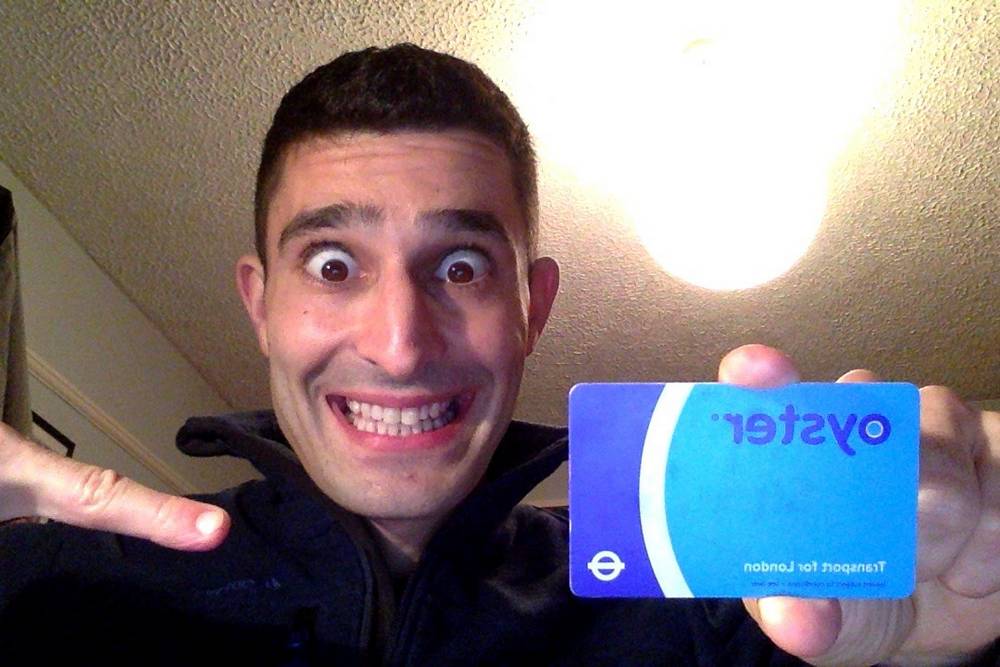Whether you’re taking in one country or the whole continent, most European cities have a special card that offers some special benefits to tourists. Which ones are worth your money, though? Which ones should you pass on? Plan your trip through Europe the smart way!
If this title sounds familiar, that’s because I also put together the mid-2015 edition and early 2016 edition European city cards not too long ago. This one is published in late August 2016. Reviews that are more than one year old have been taken out, and new reviews have replaced old reviews. If you’re dying to see those removed reviews, feel free to check out the older posts.
Three quick notes before we get started here:
- Because Europe has a lot of city cards, I put the call out to friends and fellow bloggers. Quite a few responded with great reviews and details – thanks a bunch everyone! If you see someone’s name and website under a review, check out their website for more awesome travel stories and adventures (they’re all set to open in a new window / tab)
- Some bloggers received cards for free from the relevant tourist authorities. Receiving something for free did not (and does not) factor into their rating – I’m looking at the value received for the price and effort to use.
- Cards are rated 1 to 5 globes based on their value and usefulness (five being the best).
Quick jumps:
What is a city card?
Austria
Innsbruck
Salzburg
Croatia
Dubrovnik
Denmark
Copenhagen
Finland
Helsinki
France
Nice
Spain
Granada
Madrid
United Kingdom
London
What is a city card?
I’m so glad you asked. A city card is a program typically run by the city’s tourism authority which typically offers free or discounted access to the city’s public transportation and attractions. Some programs are run by private companies, and I’ve tried to note the origin of the program where I could. Each program is run and priced a little differently, however, meaning it’s important to know what’s covered and what isn’t.
Austria
Innsbruck
Salzburg
From Ben and Jazzy at the Road Affair.
The Salzburg Card offers free admission to all the attractions and museums within the city, as well as free use of public transportation. It also includes discounts as large as 20% off for cultural events, tours and other excursions. The card is available for 24hrs (€ 27,-), 48hrs (€ 36,-) and 72hrs (€ 42,-). Prices mentioned are for the high season and are about 13% cheaper in the low season.
If you are in Salzburg for only one day and really only want to visit one or two attractions then you are probably better off paying for the two attractions and not worry about transportation so much as the city is very walkable.
However, if you plan to stay more than one day or visit an array of attractions, such as the Castle, Stiegl Brewery tour, Untersberg Lift, Mozart Museum or the Hellbrunn Palace, then the Salzburg Card is totally worth it as you will easily make your money back.
Croatia
Dubrovnik
From SJ Begonja at chasingthedonkey.com.
The UNESCO-Listed City of Dubrovnik has many cultural sights to see and one way we found to see many of them was to use the Dubrovnik Card. We chose the 3-day card, and purchased it at online to save an extra 10% after we had realised it also included public transport, and our hotel required a bus each way to get to the old town. It cost 225 Kuna.
The 3-Day Dubrovnik Card 6 rides offers on public transportation, which we used over the three days we were there. That alone would have cost us 90 Kuna each.
The card also offers entry to 10 museums and cultural sites in the Old City, some costing 30 kuna each – as we spent all day sightseeing, buying the card was a genuine money saver for us. Though, if you do not use the public transport and only intend to see a few sights, you will not get as much value as we did!
Denmark
Copenhagen
From Nichola at Globalmouse Travels.
A winter trip to Denmark provided the perfect opportunity for us to try out a Copenhagen Card, There are a number of different options available: from a 24 hour card up to 120 hours. As a family travel writer I loved that each card allows you to bring up to two children for free which was a great bonus.
One of the big benefits of the Copenhagen Card was the fact that all public transport is free so we hopped on and off of trams going all over the city. As it was so cold when we were in Denmark it felt really nice to just take the tram a few stops when we nipped out for dinner and know there were no additional costs. I had my card delivered to my hotel but I love that if you like you can pick it up at the airport and make use of the public transport into the city.
We love taking our kids to museums and fun attractions when we’re somewhere new and there are numerous choices with the Copenhagen Card which would make me definitely purchase in the future. I felt that the 10% discount from some of the restaurants could have been a bit more generous.
A second opinion emerges! From Kirsten at a Kids Are A Trip.
A third opinion? This one’s the newest from Karilyn Owen from No Back Home.
We recently spent 48 hours in Copenhagen en route to rural Sweden. Researching what we wanted to do in advance of our trip I knew that the Copenhagen Card was going to come in handy as it included everything on our to do list. However, I was not certain if it would actually save us money or not. There is a handy calculator on the Copenhagen Card website where you can choose what you will do and it will tell you how much you will save by using this card. According to the calculator for our short visit, we would save almost $20. Not bad, but not astronomical. I decided to give it a try anyway!
You can purchase the card in advance and have it sent to your home or you can purchase the card at the information booth at the airport. We opted for the latter, which was super convenient. We were then able to use it on the train straight from the airport to the center of town where we were then able to take a bus for free to our hotel.
For families with young children, the Copenhagen Card is fantastically family friendly as it allows each card holder to bring two children under the age of 9 with you for free to all attractions. The card can be purchased in increments of 24 hours, 48 hours, 72 hours and 120 hours. Once the card is activated, the time allotment cannot be paused or stopped.
In addition to being super family friendly, having the Copenhagen Card also allows visitors multiple entries to each attraction (with the 48 hour card and longer). This worked out perfect for our family. On our first evening we used it to visit Tivoli at night, knowing we would not have the stamina to be there all day and into the night the following day since it doesn’t get dark until 10:30 pm!
We also used the card to take a canal tour which allowed us to hop on and off at different sites throughout the city. This is a highly recommended activity as it really allows visitors to get a great overview of the city.
The difficulty in having the Copenhagen Card is that there are so many attractions included that you will be hard pressed to fit in everything you want to do during your visit! Overall, I would give this card four stars. It may not save you as much money as you might hope, however, the ease and convenience of it outweighed any savings that we were looking for. Never having to waste time to figure out how much a train or bus cost or how to purchase tickets (or having to have local currency) was a big bonus for our short visit. I would definitely purchase it again in the future!
Finland
Helsinki
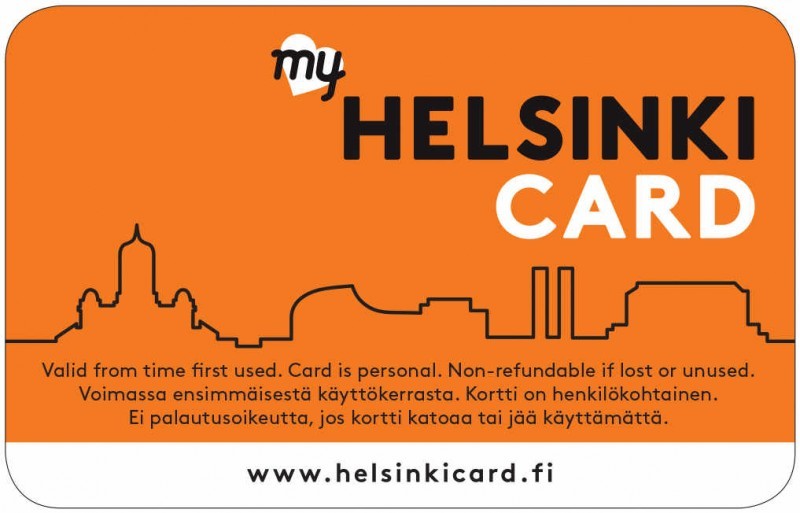
France
Nice
The French Riviera Pass is the city card issued by the Nice Tourism Office. It is offered for periods of 24 hours (26€), 48 hours (38€) or 72 hours (56€), giving you free access to a ton of museums and activities as well as local tram and bus transpogranrt when you choose the transport option priced at 4€ per day which, in my opinion, brings the total cost of this card a little on the expensive side.
I strongly recommend the pass, though I’d suggest you buy the 48 hour or 72 hour pass, as the 24 hour option is not as worthwhile price-wise compared to the limited amount of activities you can cover in a single day. We activated the card around 1PM to make sure we’d be able to use it as much as possible during our 2-day trip, and only managed to visit two museums, but we did use public transport extensively. The great thing about the card is that it covers activities that are located in neighboring towns such as Èze, Monaco and Saint-Jean-Cap-Ferrat; we even reached the latter by bus using the pass. It is good to note that most bus drivers aren’t really familiar with the card, but this caused absolutely no problem when we showed it to them; we only had to explain what it was!
Overall, if you use your pass to visit as many of the included attractions possible, as well as make good use the public transport system, the pass is great value for the money.
Netherlands
Amsterdam
Photo by Amy Hardy at thehardytraveller.com.
From Cheryl MacDonald at whatboundariestravel.com.
The iAmsterdam Card is one of the best values we have seen for a city card pass. The card gives you access to over 50 attractions as well as free use of public transportation for the duration of your card.
In addition to the usual free admission to the main Amsterdam attractions, this card also gives you a free canal cruise. What better way to see Amsterdam than from the canals? By the time you visit 3 main attractions, use the free public transport, and jump into your canal cruise; the card has paid for itself. The complete list of inclusions and discounts can be found here.
The IAmsterdam card can be purchased for 24-72 hour time frames and ranges in price from €49 – €69. For just €10 more you can add the regional pass to your card. This allows you to explore some more great attractions outside of Amsterdam, and with public transport covered in your card, you are off to explore even more of the area.
Spain
Granada
From Allison at eternalarrival.com.
I recently bought the Granada City Pass simply because the Alhambra was completely sold out for the duration of my week stay in the city! I found a loophole, though: if you buy the Granada City Pass, they reserve a certain number of spots just for pass holders to see the Alhambra. For 33.50 €, I got access to not only the Alhambra and its gardens (a 21 € value) but also the beautiful Granada Cathedral (4 €) and Capilla Real, where the remains of Ferdinand and Isabel are buried (4 €), along with a bunch of free bus rides and a few other sights scattered across the city. Considering that I got 32 € of value and saw the Alhambra when I thought that I wouldn’t, I’m super happy with my decision to buy the Granada City Pass. I would highly recommend this alternative to anyone who waited too long to purchase their Alhambra tickets!
Madrid
From Paula and Gordon of Contented Traveller.
The MadridCard is a City Pass which gave us free entry to many museums, attractions and also discounts at various participating cafes, restaurants and shops in the capital city of Spain. For us the words priority access with NO queuing was a huge selling point. We chose the 48 hours Madrid Card at 60 € per person. There are three must-see museums in Madrid – The Prado Museum, the Reina Sofia Museum and the Thyssen-Bornemisza Museum and the queues were horrendously long. Also, we wanted to make sure we had time to just go walking in Madrid.
If we had paid at the door, these are the prices, and also we would have queued forever in the hot sun.
- General admission to The Prado Museum is 14 €.
- Admission to the Reina Sofia Museum is 8 €
- Admission to the Thyssen-Bornemisza Museum is 15.50€.
That comes to 36.50 €, and a 24 hour Madrid Card pass is 47€.
As it was, we showed our passes and guiltily walked passed all of the sweaty and cranky people. Too easy. Now I don’t know about you but I cannot do 3 museums in one day, so consider the 48 hours Madrid Card at 60 € . There is a card for 72 hours at 67 €.
We mixed it up with some other activities, like the Teleferico cable car, Madrid’s Cable Car, which is included in The MadridCard. This journey commenced at Paseo del Pintor Rosales street, and took us over the River Manzanares and into the Casa de Campo park. The cost was normally about 5,90€.
While we didn’t quite cover the cost of the passes, we certainly did not waste a day queuing to go into one museum, nor another day queuing to go into the next. We didn’t use the discounts on the cafes and restaurants and the shopping, but then that is just us. We were probably, according to my Maths, about 33€ in the red. If we had done the tour of the Royal Palace, we would have covered our costs easily.
We purchased the MadridCard because we are fans of the city cards, no matter where we are, because I have an aversion to queuing and wasting my valuable time. Forget the queues!
United Kingdom
London
From the Nomadic Boys, Stefan and Sebestien, at nomadicboys.com
London is our home city and as locals, the best advise to any first hand visitor to the city is to get an Oyster card as soon as you can.
The London Underground (called “tube” by us!) is one of the most expensive metro systems in the world. For example, the cost of going just one stop from say Leicester Square to Charing Cross on the Northern (black) line will cost £4.80. With the Oyster card, this fare becomes £2.30.
More effective is the daily cap imposed by the Oyster card. If you buy a 1 day travel card for zones 1-2 (allowing you unlimited travel in these zones), you pay £12.10. But the Oyster card is programmed to impose a price cap at £6.50.
Oyster cards cost £3 to purchase at any tube station counter and you top up there, at one of the machines in the station or online.
It’s also very handy because you can use it on the bus and some overland trains and once you’re topped up and set to go, you whizz through any ticket queues and go straight to the ticket barrier.
The Oyster cards are an excellent value for money and will halve the cost of inter city transport in London, which is why it rates a five.
Have you used a European city card during your recent travels? Share your experience in the comments!
Like this post? Like the Facebook page!

